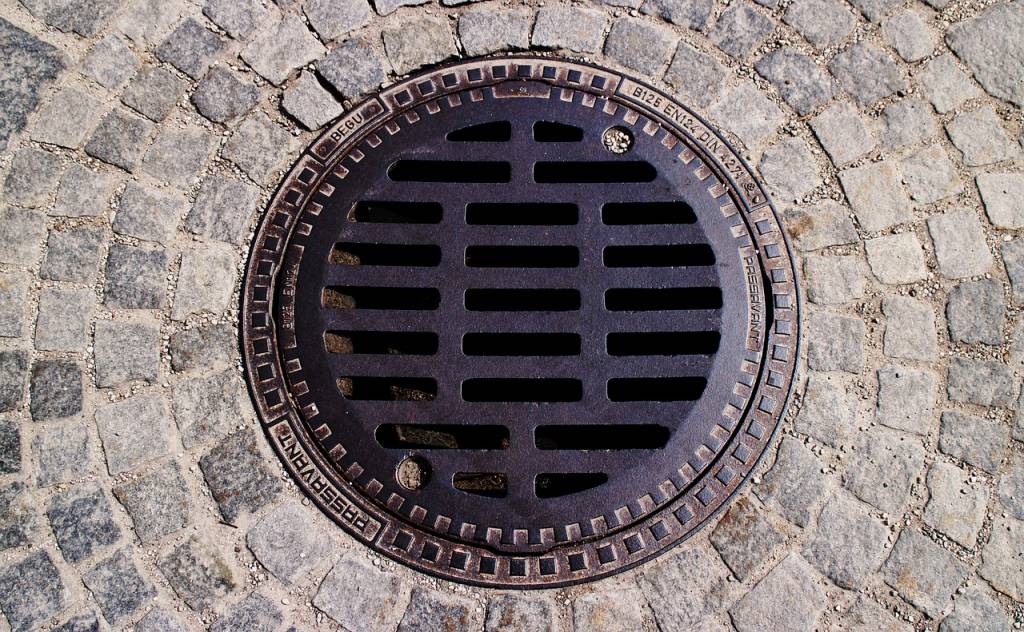Understanding Domestic Wastewater Recycling
Domestic wastewater recycling is an essential process in today's world where water scarcity is becoming a critical issue. The concept revolves around the reuse of water that has been used within our homes for various purposes. This water, also known as greywater, comes from showers, sinks, laundry, and other non-sewage sources.
By incorporating sustainable solutions for wastewater recycling, we can significantly reduce water consumption and promote environmental sustainability. This not only alleviates the pressure on water resources but also lessens the energy consumption and emissions associated with water treatment facilities.
The Environmental and Economic Benefits
Recycling domestic wastewater presents numerous environmental and economic benefits. For one, it helps in conserving potable water resources. With climate change impacting water availability, every drop conserved contributes significantly to long-term water sustainability.
Economic benefits include reduced water bills for households and communities. By treating and reusing greywater onsite, there's less dependency on municipal water supplies, which can translate into substantial savings. Additionally, less energy is used in transporting and treating water, further reducing costs and carbon footprint.
Sustainable Technologies for Wastewater Recycling
Technological advancements have made it possible to recycle wastewater effectively. Here are some sustainable technologies commonly used in this process:
- Membrane Bioreactors (MBRs): MBRs combine biological treatment with membrane filtration for high-quality effluent. They are widely used due to their effectiveness in reducing contaminants.
- Constructed Wetlands: These systems mimic natural wetlands by using plants and natural materials to treat wastewater. They are low-cost and require minimal maintenance.
- Sequencing Batch Reactors (SBRs): SBRs are activated sludge processes for treating wastewater in batches. They are flexible and can handle varying flow rates and compositions.
Implementing Wastewater Recycling at Home
There are practical steps that homeowners can take to recycle wastewater in their homes. Some of these include:
- Installing greywater systems to recycle water from baths, sinks, and washing machines for irrigation purposes.
- Utilizing efficient appliances that minimize water use, thereby reducing the overall demand for water and wastewater generated.
- Educating family members about water-saving practices, such as shorter showers and turning off taps when not in use.
Community-Level Initiatives
On a larger scale, communities can invest in centralized wastewater recycling systems to serve residential and commercial areas. These may involve the collaboration of local governments, environmental agencies, and private companies.
Such initiatives can create infrastructure for wastewater reuse, ensuring that recycled water is safe and available for non-potable uses like landscape irrigation, industrial processes, and toilet flushing. This reduces the demand for fresh water, making water resources more resilient against climate impacts.
Policy and Regulatory Frameworks
To successfully implement sustainable wastewater recycling, supportive policies and regulations are crucial. Governments and municipalities need to set standards for water quality, treatment processes, and usage applications. Incentives can be introduced to encourage both individuals and businesses to invest in sustainable technologies.
Moreover, public awareness and education campaigns play a vital role in motivating communities to embrace recycling practices. Understanding the long-term environmental and economic benefits can lead to greater public support and engagement.
Challenges and Future Directions
Despite its apparent benefits, wastewater recycling faces challenges that need to be addressed. These include the high initial costs of setting up recycling systems, potential public resistance due to health perceptions, and the need for continuous technological advancements.
Looking ahead, the development of more affordable and efficient recycling technologies, comprehensive policy frameworks, and increased education and awareness will be key to overcoming these challenges. As global water resources become increasingly strained, the importance of wastewater recycling cannot be overstated.
By fostering innovation and collaboration among stakeholders, we can unlock the potential of wastewater recycling as a sustainable solution to water scarcity, ensuring a secure water future for generations to come.
